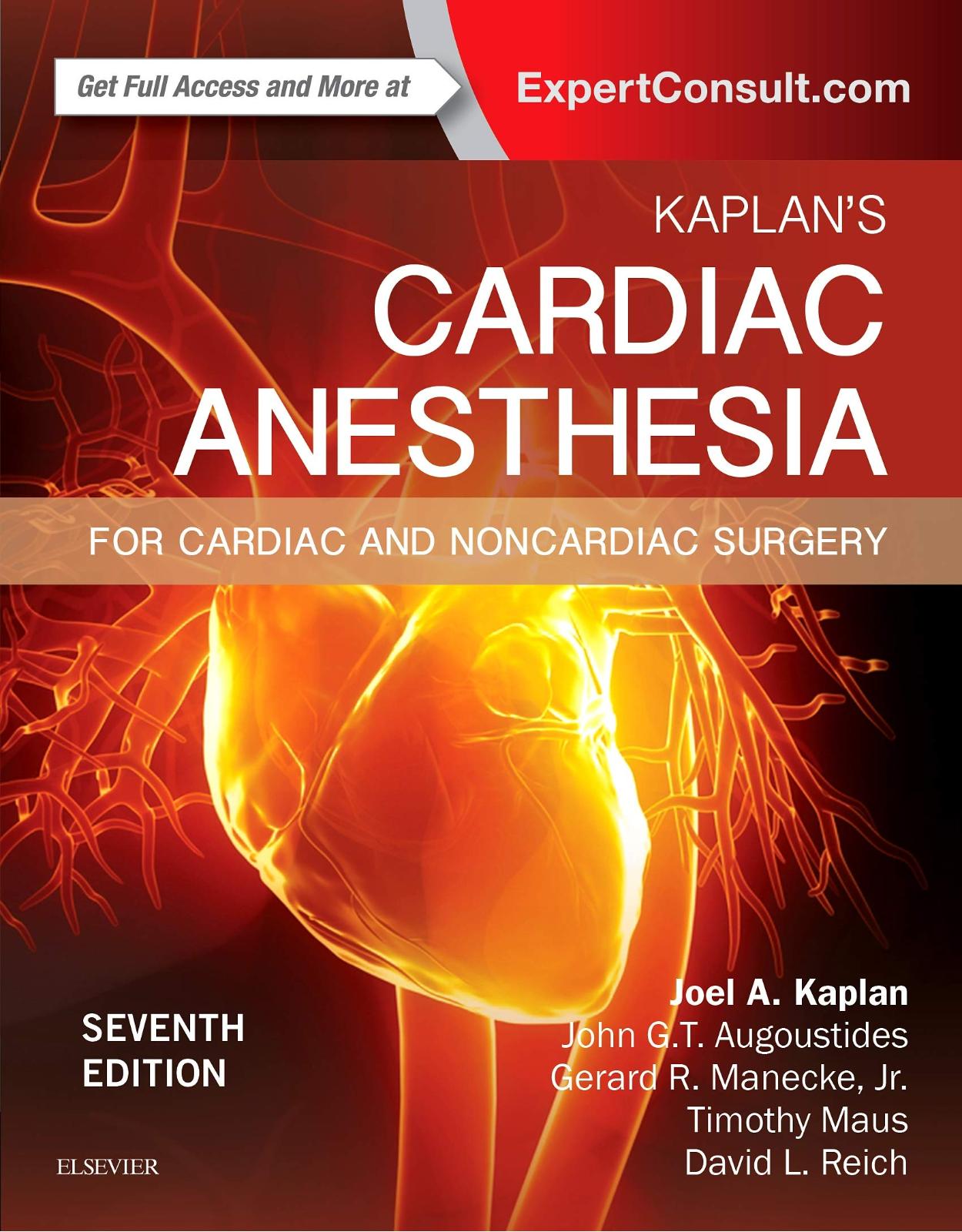
Kaplan's Cardiac Anesthesia: In Cardiac and Noncardiac Surgery, 7e
Livrare gratis la comenzi peste 500 RON. Pentru celelalte comenzi livrarea este 20 RON.
Disponibilitate: La comanda in aproximativ 4 saptamani
Autor: Joel A. Kaplan MD
Editura: Elsevier
Limba: Engleza
Nr. pagini: 1688
Coperta: Hardcover
Dimensiuni: 22.35 x 6.86 x 28.19 cm
An aparitie: 15 Dec. 2016
Description:
Now in a revised and expanded 7th Edition, Kaplan’s Cardiac Anesthesia helps you optimize perioperative outcomes for patients undergoing both cardiac and noncardiac surgery. Dr. Joel L. Kaplan, along with associate editors, Drs. John G. T. Augoustides, David L. Reich, and Gerard R. Manecke, guide you through today’s clinical challenges, including the newest approaches to perioperative assessment and management, state-of-the art diagnostic techniques, and cardiovascular and coronary physiology.
Complete coverage of echocardiography and current monitoring techniques.
Guidance from today’s leaders in cardiac anesthesia, helping you avoid complications and ensure maximum patient safety.
More than 800 full-color illustrations.
A new section on anesthetic management of the cardiac patient undergoing noncardiac surgery.
New availability as an eBook download for use the in OR.
Online-only features, including quarterly updates, an ECG atlas...an increased number of videos, including 2-D and 3-D TEE techniques in real time...and an Annual Year End Highlight from the Journal of Cardiovascular Anesthesia that’s posted each February.
Table of Contents:
A Textbook for All Anesthesiologists
Video Contents
Section I Preoperative Assessment and Management
1 Assessment of Cardiac Risk and the Cardiology Consultation
Sources of Perioperative Myocardial Injury in Cardiac Surgery
Assessment of Perioperative Myocardial Injury in Cardiac Surgery
Cardiac Risk Assessment and Cardiac Risk Stratification Models in Patients Undergoing Cardiac Surgery
Specific Risk Conditions
Assessment of Cardiac Risk in Patients Undergoing Noncardiac Surgery
Conclusions
References
2 Cardiovascular Imaging
Echocardiography
Myocardial Nuclear Scintigraphy
Cardiac Computed Tomography
Cardiovascular Magnetic Resonance Imaging
Invasive Coronary Angiography
Vascular Imaging
Summary
References
3 Cardiac Catheterization Laboratory
Catheterization Laboratory Facilities: Radiation Safety and Image Acquisition
Patient Selection for Catheterization
Cardiac Catheterization Procedures
Valvular Pathology
Angiography
Interventional Cardiology: Percutaneous Coronary Intervention
Specific Interventional Devices
Other Catheter-Based Percutaneous Therapies
Other Catheter-Based Intracardiac Procedures
The Catheterization Laboratory and the Anesthesiologist
References
4 Cardiac Electrophysiology
Electrophysiologic Principles
Specific Arrhythmias
Ventricular Arrhythmias
Implantable Cardioverter-Defibrillators
References
5 Cardiac Implantable Electrical Devices
Radiology Imaging Issues
Pacemakers
Implantable Cardioverter-Defibrillators
Summary
Glossary
Cautions
References
Section II Cardiovascular Physiology, Pharmacology, Molecular Biology, and Genetics
6 Cardiac Physiology
Functional Implications of Gross Anatomy
Cardiac Myocyte Anatomy and Function
Laplace's Law
The Cardiac Cycle
Determinants of Pump Performance
Coupling, Energetics, and Efficiency
Evaluation of Diastolic Function
Pericardial Forces
Determinants of Atrial Function
References
7 Coronary Physiology and Atherosclerosis
Anatomy and Physiology of Blood Vessels
Determinants of Coronary Blood Flow
Coronary Pressure-Flow Relations
Atherosclerosis
Pathophysiology of Coronary Blood Flow
Future Directions
References
8 Molecular and Genetic Cardiovascular Medicine
Machinery Behind the Cardiac Rhythm: Ion Channels
Controlling Cardiac Functioning: Receptors
Anesthetic Actions
Genetic Cardiovascular Medicine
Acknowledgments
References
9 Systemic Inflammation
Terminology
Systemic Inflammation and Cardiac Surgical Procedures
Endotoxemia
Splanchnic Perfusion
Postoperative Complications Attributable to Inflammation
Summary
References
10 Pharmacology of Anesthetic Drugs
Volatile Agents
Intravenous Induction Agents
Individual Agents
Opioids in Cardiac Anesthesia
Effects of Cardiopulmonary Bypass on Pharmacokinetics and Pharmacodynamics
Acknowledgments
References
11 Cardiovascular Pharmacology
Antiischemic Drug Therapy
Drug Therapy for Systemic Hypertension
Pharmacotherapy for Acute and Chronic Heart Failure
Pharmacotherapy for Cardiac Arrhythmias
References
Section III Monitoring
12 Electrocardiographic Monitoring
Historical Perspective
Basic Electrophysiology and Electrical Anatomy of the Heart
Electrocardiographic Changes With Myocardial Ischemia
Electrocardiographic Changes With Pacemakers, Respirations, Electrolytes, and Medications
Normal Electrocardiogram: Cardiac Cycle
Atrial Fibrillation
Atrial Flutter
Atrioventricular Block
Atrioventricular Dissociation
Bundle Branch Block
Coronary Artery Disease
Digitalis Effect
Electrolyte Disturbances
Hypothermia
Multifocal Atrial Tachycardia
Paroxysmal Atrial Tachycardia
Pericarditis
Pericardial Tamponade
Pneumothorax
Premature Atrial Contraction
Premature Ventricular Contraction
Pulmonary Embolus
Sinus Bradycardia
Sinus Arrhythmia
Sinus Arrest
Sinus Tachycardia
Subarachnoid Hemorrhage
Torsades de Pointes
Ventricular Fibrillation
Ventricular Tachycardia
Wolff-Parkinson-White Syndrome
Pacing
Acknowledgments
Bibliography
References
13 Monitoring of the Heart and Vascular System
Hemodynamic Monitoring
Arterial Pressure Monitoring
Central Venous Pressure Monitoring
Pulmonary Arterial Pressure Monitoring
Special Purpose Pulmonary Artery Catheters
Cardiac Output Monitoring
Left Atrial Pressure Monitoring
Coronary Sinus Catheterization
Analysis and Interpretation of Hemodynamic Data
Pulse Oximetry
Oxygen Transport Calculations
Summary
References
14 Basic Intraoperative Transesophageal Echocardiography
Basic Concepts
Imaging Techniques
Echocardiographic Scanners
Equipment
Image Storage
Complications
Safety Guidelines and Contraindications
Credentialing
Technique of Probe Passage
Comprehensive Intraoperative Multiplane Transesophageal Echocardiographic Examination
Clinical Applications
Hemodynamic Assessment
Cardiac Output
Contrast Applications
Valvular Evaluation
Myocardial Ischemia Monitoring
References
15 Transesophageal Echocardiography
The Development of a Perioperative Echocardiography Service
Three-Dimensional Transesophageal Echocardiography
Perioperative Echocardiographic Evaluation of Valves
Transesophageal Echocardiography for Interventional Procedures
Strain, Strain Rate, and Doppler Tissue Imaging
Myocardial Disease
Aortic Evaluation
Pericardial Disease
Evaluation of Cardiac Masses
References
16 Decision Making and Perioperative Transesophageal Echocardiography
Decision-Making Process
Myxomatous Degeneration of the Mitral Valve and Mitral Regurgitation
Management of Ischemic Mitral Regurgitation During Coronary Artery Bypass Grafting
Functional Mitral Regurgitation in the Setting of Aortic Stenosis
Management of Previously Undiagnosed Aortic Valve Disease
Cardiac Function and New Regional Wall Motion Abnormalities
Transesophageal Echocardiography as a Rescue Device: Management of Marked Hemodynamic Instability
Pericardial Effusion and Cardiac Tamponade
Occult Congenital Abnormalities: Persistent Left-Sided Superior Vena Cava
Occult Congenital Abnormalities: Atrial Septal Defects and Patent Foramen Ovale
Ascending Aorta: A Source of Embolization
Case Study 2: Putting It All Together: A Case Study in Acute Aortic Syndromes
References
17 Education and Simulation in Echocardiography
Early Development
Commercialization
Online Learning
Simulating Pathologic Conditions
Evidence for Simulation
Assessment
Future of Echocardiography Education
References
18 Central Nervous System Monitoring
Electroencephalography
Auditory-Evoked Potentials
Transcranial Doppler Ultrasound
Jugular Bulb Oximetry
Cerebral Oximetry
Multimodality Neuromonitoring
Summary
Disclosure and Acknowledgment
References
19 Coagulation Monitoring
Hemostasis
Monitoring Heparin Effect
Heparin Neutralization
Tests of Coagulation
Monitoring Fibrinolysis
Monitoring the Thrombin Inhibitors
Evaluation of Prolonged Activated Partial Thromboplastin Time
Monitoring Platelet Function
Bedside Coagulation and Platelet Function Testing
Summary
References
Section IV Anesthesia for Cardiac Surgical Procedures
20 Anesthesia for Myocardial Revascularization
Epidemiology
Pathophysiology of Coronary Artery Disease
Risk Assessment in Patients Scheduled for Coronary Artery Bypass Grafting
Anesthesia for Coronary Artery Bypass Grafting
Coronary Artery Bypass Grafting Without Cardiopulmonary Bypass
Minimally Invasive Coronary Artery Surgery
Conclusions
References
21 Valvular Heart Disease
Pathophysiology
Aortic Stenosis
Hypertrophic Cardiomyopathy
Aortic Regurgitation
Mitral Regurgitation
Mitral Stenosis
Tricuspid Regurgitation
Innovations in Valve Repair
New Techniques for Mitral Valve Repair
Case Study 1: Transapical Aortic Valve Implantation
Case Study 2: Robotically Assisted Mitral Valve Repair
Case Study 3: Mitral Valve Repair With Systolic Anterior Motion After Bypass Needing Additional Repair
References
22 Congenital Heart Disease in Adults
Noncardiac Surgery in Adults With Congenital Heart Disease
General Noncardiac Issues With Longstanding Congenital Heart Disease
Cardiac Issues
Case Study 1: Atrial Septal Defect
Case Study 2: Anomalous Left Main Coronary Artery
References
23 Thoracic Aorta
Anatomy of the Aorta
General Considerations for the Perioperative Care of Aortic Surgical Patients
Thoracic Aortic Aneurysm
Aortic Dissection
Penetrating Atherosclerotic Ulcer
Traumatic Aortic Injury
Aortic Atheromatous Disease
Takayasu Arteritis
Aortic Coarctation
Illustrative Transesophageal Echocardiography Cases
References
24 Uncommon Cardiac Diseases
Cardiac Tumors
Cardiomyopathy
Mitral Valve Prolapse
Patent Foramen Ovale
Pulmonary Hemorrhage
Pericardial Heart Disease
Combined Carotid and Coronary Artery Disease
Coronary Arteriovenous Fistula
Cardiac Surgery During Pregnancy
Risks of Human Immunodeficiency Virus Transmission
Renal Insufficiency and Cardiac Surgery
Hematologic Problems in Patients Undergoing Cardiac Surgery
Acknowledgments
References
25 Anesthesia for Heart, Lung, and Heart-Lung Transplantation
Heart Transplantation
Lung Transplantation
Heart-Lung Transplantation
References
26 Pulmonary Thromboendarterectomy for Chronic Thromboembolic Pulmonary Hypertension
Classification of Pulmonary Hypertension
Pathophysiology
Clinical Manifestations
Diagnostic Evaluation
Operation
Anesthetic Management of Patients Undergoing Pulmonary Thromboendarterectomy
Management of the Postoperative Patient
Nonsurgical Approach to Chronic Thromboembolic Disease
Intraoperative Echocardiography in Patients With Chronic Thromboembolic Pulmonary Hypertension
Pulmonary Thromboendarterectomy in Patients With Sickle Cell Disease
Outcome and Future of Chronic Thromboembolic Pulmonary Hypertension
References
27 Procedures in the Hybrid Operating Room
Procedures
Miscellaneous Procedures
References
28 Mechanical Assist Devices for Heart Failure
The Current Era of Mechanical Circulatory Support
Mechanical Circulatory Support: Theory and Practice
Short-Term Support
Long-Term Support
Complications of Mechanical Circulatory Support
Total Artificial Hearts
Perioperative Anesthetic Considerations for VAD Support
Potential Effects of LVAD Support on Right Ventricular Function
Anesthetic Considerations for SynCardia Total Artificial Heart Implantation
Conclusion
References
29 Reoperative Cardiac Surgery
Reoperative Cardiac Surgery
Emergency Reexploration
References
30 Patient Safety in the Cardiac Operating Room
The Science of Safety
Human Error
Teamwork and Communication
Interventions to Improve Patient Safety
Medication Safety
Reducing System Vulnerability
Culture of Safety
References
Section V Extracorporeal Circulation
31 Cardiopulmonary Bypass Management and Organ Protection
Historical Perspective on Cardiopulmonary Bypass
Goals and Mechanics of Cardiopulmonary Bypass
Physiologic Parameters of Cardiopulmonary Bypass
End-Organ Effects of Cardiopulmonary Bypass
Central Nervous System Injury
Acute Kidney Injury
Myocardial Injury
Gastrointestinal Complications
Lung Injury During Cardiac Surgery
Management of Bypass
Initiation and Discontinuation of Bypass Support: An Overview
Perfusion Emergencies
Special Patient Populations
Minimally Invasive Surgery and Cardiopulmonary Bypass
References
32 Extracorporeal Devices and Related Technologies
Mechanical Devices
Electronic Perfusion Records
Extracorporeal Circuitry
Cardioplegia Delivery
The Heart-Lung Machine Priming Solutions
Coated Circuits
Perfusion Practices
Methods of Extracorporeal Circulation
Summary
References
33 Extracorporeal Membrane Oxygenation
History, Evolution, and Current Status of ECMO
ECMO Physiology and Gas Exchange
Management of Venoarterial ECMO
Management of Venovenous ECMO
Expanded Indications for Venovenous ECMO
Anticoagulation for ECMO
Complications in ECMO
Summary
References
34 Blood and Fluid Management During Cardiac Surgery
Transfusion Guidelines
Blood Groups and Transfusion
Genetic Causes of Hemorrhage
Bleeding After Cardiac Surgery
Replacement Therapy
Lowest Hematocrit on Cardiopulmonary Bypass
Conclusions
References
35 Transfusion Medicine and Coagulation Disorders
Overview of Hemostasis
Heparin
Alternative Modes of Anticoagulation
Protamine
Bleeding Patient
References
36 Discontinuing Cardiopulmonary Bypass
General Preparations
Preparing the Lungs
Preparing the Heart
Final Considerations and Preparations
Routine Weaning From Cardiopulmonary Bypass
Pharmacologic Management of Ventricular Dysfunction
Intraaortic Balloon Pump Counterpulsation
References
Section VI Postoperative Care
37 Fast-Track Postoperative Cardiac Recovery and Outcomes
Fast-Track Cardiac Surgical Care
Initial Management of Patients in Fast-Track Cardiac Anesthesia: The First 24 Hours
Management of Postoperative Complications
References
38 Postoperative Cardiovascular Management
Oxygen Transport
Temperature
Assessment of the Circulation
Postoperative Myocardial Dysfunction
Postoperative Myocardial Ischemia
Therapeutic Interventions
Postoperative Hypertension
Postoperative Vasodilation
Coronary Artery Spasm
Decreased Contractility
Right-Sided Heart Failure
Cardiac Tamponade
Transplanted Heart
Advances in Cardiovascular Surgery and Postoperative Management
References
39 Postoperative Respiratory Care
Risk Factors for Respiratory Insufficiency
Additional Therapy in Patients With Acute Lung Injury or Acute Respiratory Distress Syndrome
Impediments to Weaning and Extubation
Modes of Ventilator Support
Liberation From Mechanical Support (Weaning)
Conclusions
References
40 Central Nervous System Dysfunction After Cardiopulmonary Bypass
Categorization of Central Nervous System Injury
Neuropsychologic Dysfunction
Mechanisms of Brain Injury
Cerebral Blood Flow
Cardiopulmonary Bypass Equipment
Cerebroprotective Strategies
Procedural Risk
Minimal Access Surgery and Circulatory Support
References
41 Long-Term Complications and Management
Infections After Cardiac Surgery
Acute Kidney Injury
Nutritional Support
Complications of Transcatheter Aortic Valve Replacement
Complications of Minimally Invasive Cardiac Surgery
Complications of Mechanical Assist Devices
Patient and Family Support, Palliative Care, and End-of-Life Issues
References
42 Postoperative Pain Management for the Cardiac Patient
Pain and Cardiac Surgery
Potential Clinical Benefits of Adequate Postoperative Analgesia
Techniques Available for Postoperative Analgesia
Local Anesthetic Infiltration
Nerve Blocks
Opioids
Patient-Controlled Analgesia
Nonsteroidal Antiinflammatory Agents
Alpha2-Adrenergic Agonists
Intrathecal and Epidural Techniques
Multimodal Analgesia
How Important Is Postoperative Pain After Cardiac Surgery?
Conclusions
References
Section VII The Cardiac Patient for Noncardiac Surgery
43 Perioperative Cardiovascular Evaluation and Management for Noncardiac Surgery
Preoperative Cardiac Assessment: Categorizing Risk
Preoperative Cardiac Assessment: Risk Model Calculators
Perioperative Cardiac Assessment: Algorithmic Approach
Management of Perioperative Anemia
Pulmonary Vascular Disease and Right Ventricular Dysfunction
Summary
References
44 The Patient With Coronary Stents Undergoing Noncardiac Surgery
Optimal Stenting Technique
Types of Stents
Vascular and Biologic Response to Stent Placement
Antiplatelet Therapy
Long-Term Antiplatelet Management
Noncardiac Surgery and Coronary Stents
An Integrated Approach
References
45 Ventricular Assist Devices, Cardiac Transplants, and Implanted Electrical Devices in Noncardiac Surgery
Ventricular Assist Devices
Anesthesia for Noncardiac Surgery After Heart Transplantation
Cardiovascular Implantable Electronic Device Management in Noncardiac Surgery
References
46 Echocardiography in Noncardiac Surgery
Rescue Echocardiography
Transesophageal Echocardiography as a Monitor in Noncardiac Surgical Procedures
Transthoracic Echocardiography
Conclusion
References
47 Goal-Directed Fluid Therapy, Enhanced Recovery, and the Perioperative Surgical Home for Cardiac Patients in Noncardiac Surgery
Goal-Directed Fluid Therapy
Enhanced Recovery
Perioperative Surgical Home
References
48 Vascular Surgery
General Considerations in Perioperative Management for Vascular Surgery
Carotid Artery and Cerebrovascular Disease
Abdominal Aortic Disease
Lower Extremity Arterial Disease
References
49 The Cardiac Patient for Thoracic Noncardiac Surgery
Anesthetic Management for Pulmonary Resection in the Patient With Cardiac Disease
Lung Isolation for Cardiac Patients Having Thoracic Procedures
Management of One-Lung Ventilation
Transesophageal Echocardiography for Noncardiac Thoracic Surgery
Airway Surgery
Pulmonary Hemorrhage
Mediastinal Masses
Vascular Anomalies With Airway Compression
References
50 The Pregnant Patient With Cardiac Disease
Diagnosis of Heart Disease During Pregnancy
Cardiac Risk Stratification During Pregnancy
Pregnancy and Cardiac Disease
Management of Labor and Delivery in Women With Cardiac Disease
Noncardiac Surgical Procedures During Pregnancy in Women With Cardiac Disease
Peripartum Cardiomyopathy
Advanced Cardiac Life Support in the Pregnant Woman
References
51 Critical Care Medicine in the Operating Room
Perioperative Triage
Neurologic System
Cardiovascular System
Pulmonary System
Hematology
Sepsis
References
52 Perioperative Care to Reduce Major Adverse Cardiac Events and Mortality in Noncardiac Surgical Procedures
Perioperative Myocardial Infarction or Injury
Medications and Percutaneous Interventions to Prevent and Treat Perioperative Major Adverse Cardiac Events
Treatment of Perioperative Myocardial Infarction
Perioperative Care to Reduce Mortality Rates in Noncardiac Surgical Procedures
References
Index
| An aparitie | 15 Dec. 2016 |
| Autor | Joel A. Kaplan MD |
| Dimensiuni | 22.35 x 6.86 x 28.19 cm |
| Editura | Elsevier |
| Format | Hardcover |
| ISBN | 9780323393782 |
| Limba | Engleza |
| Nr pag | 1688 |
-
46600 lei 42200 lei

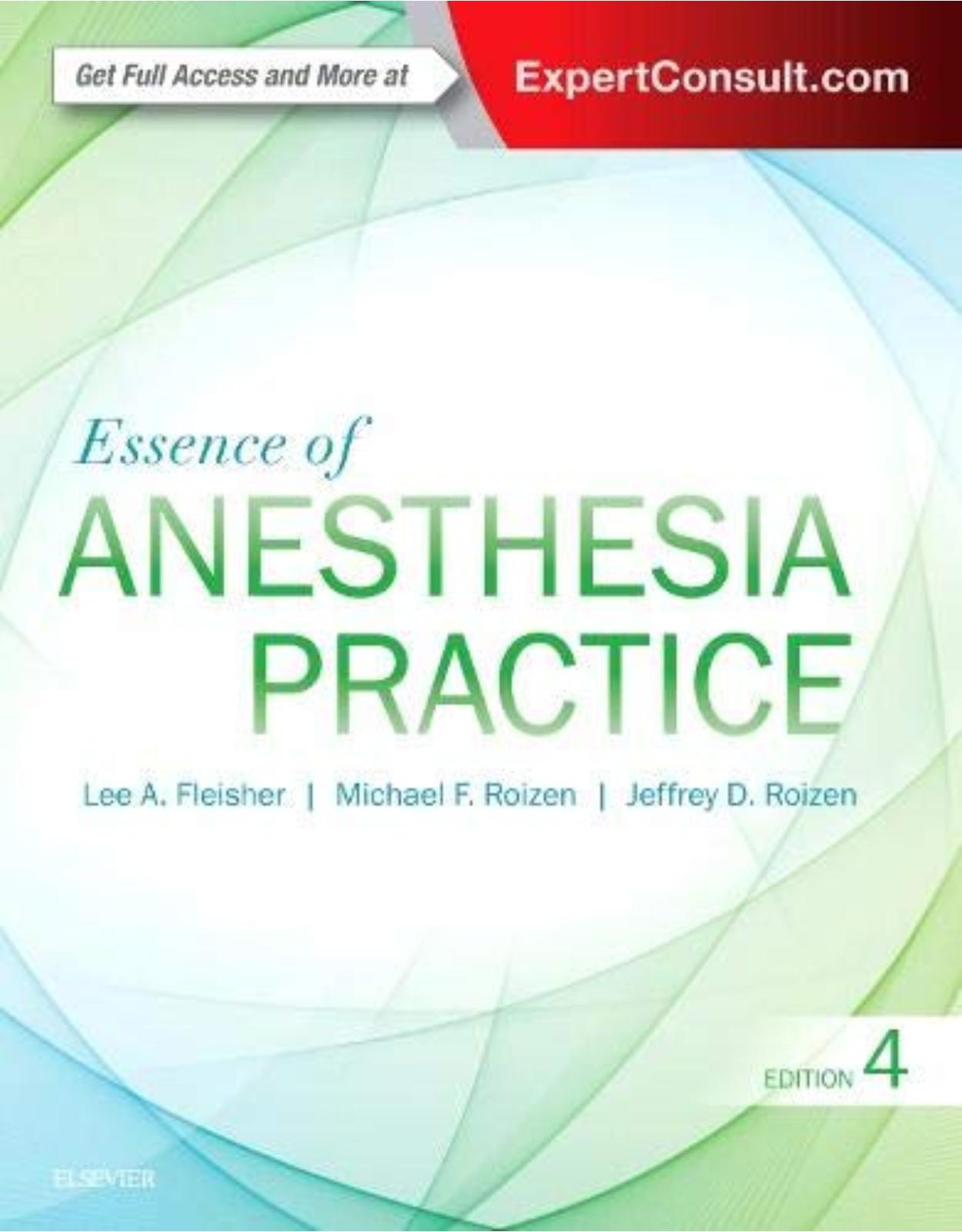
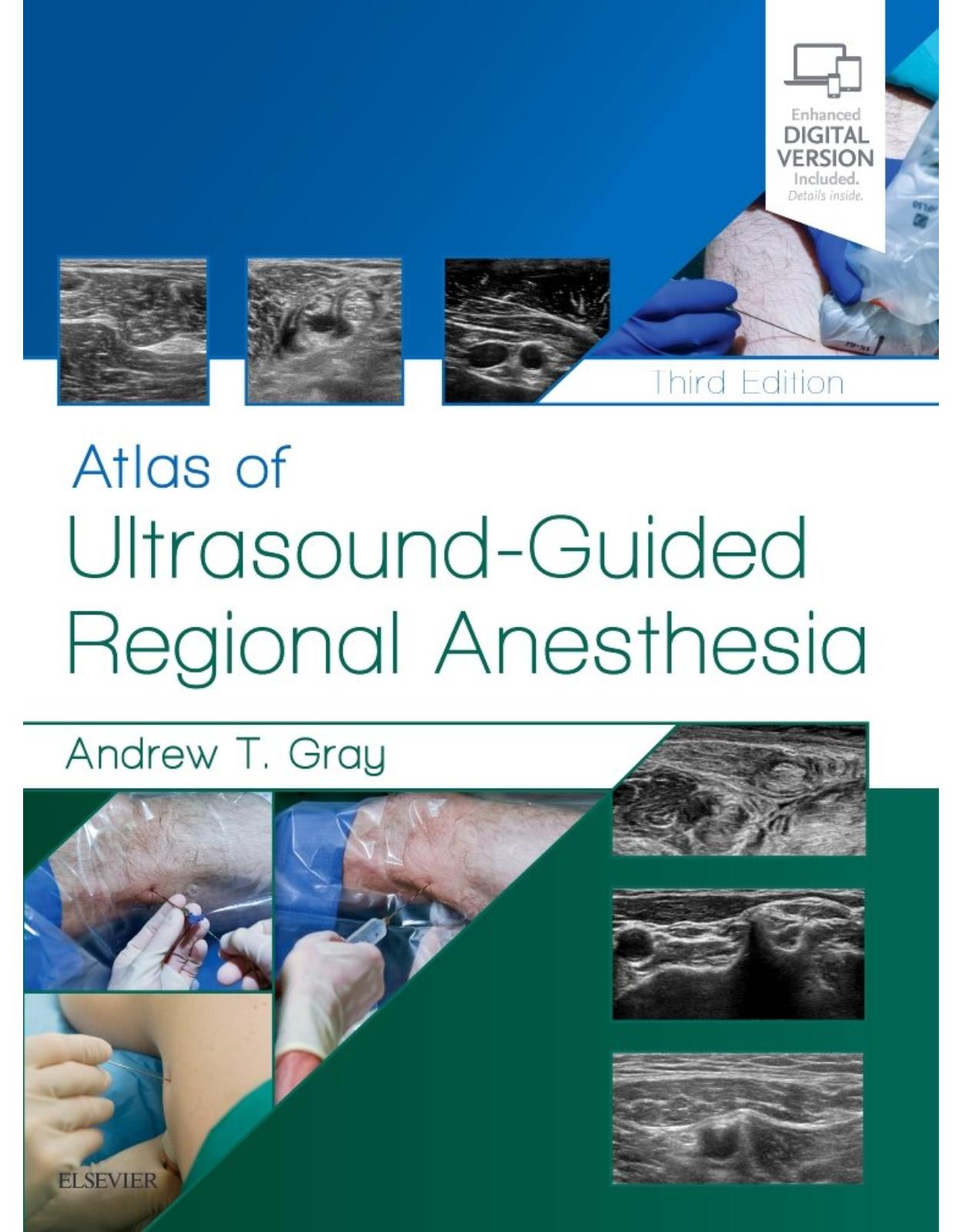
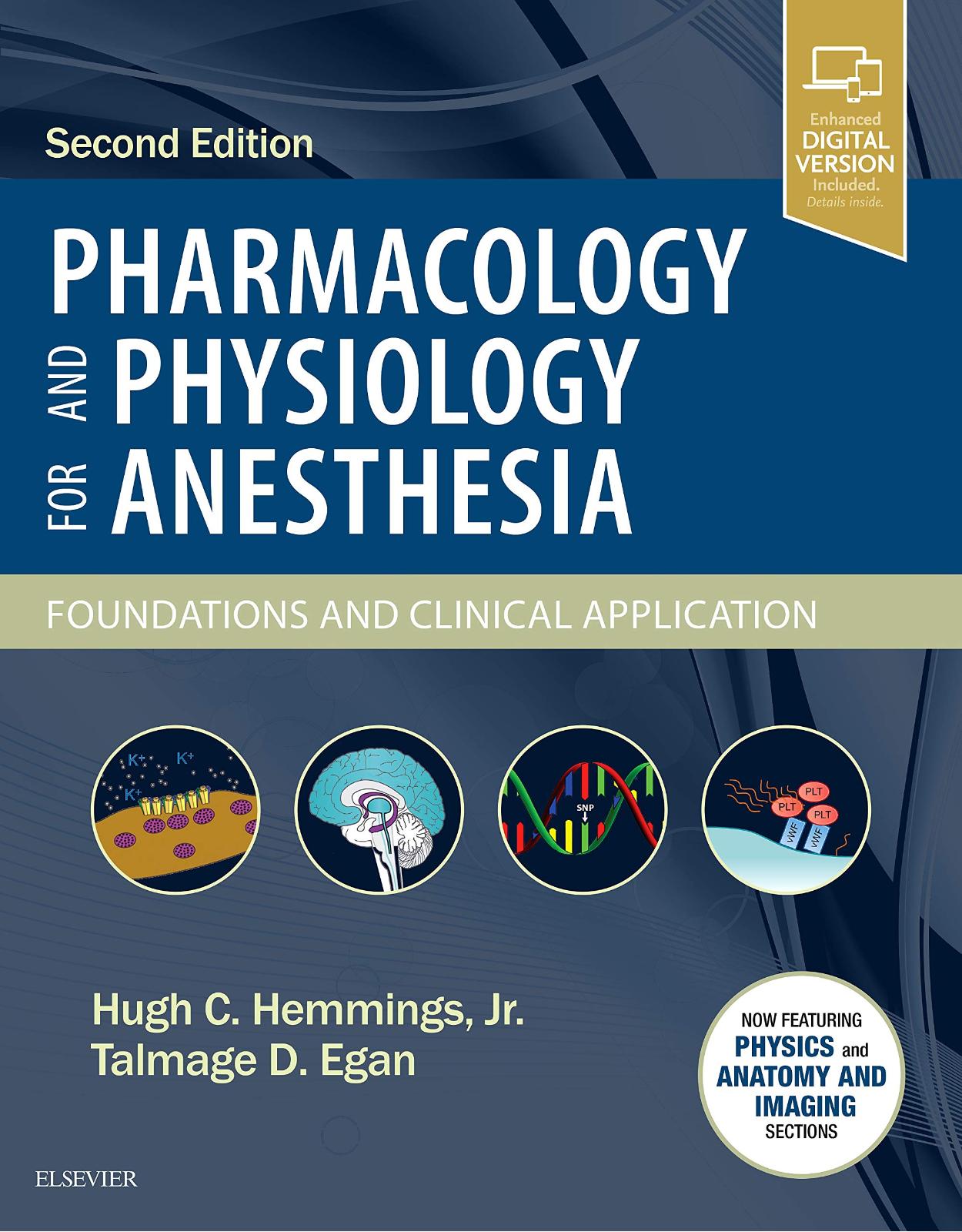
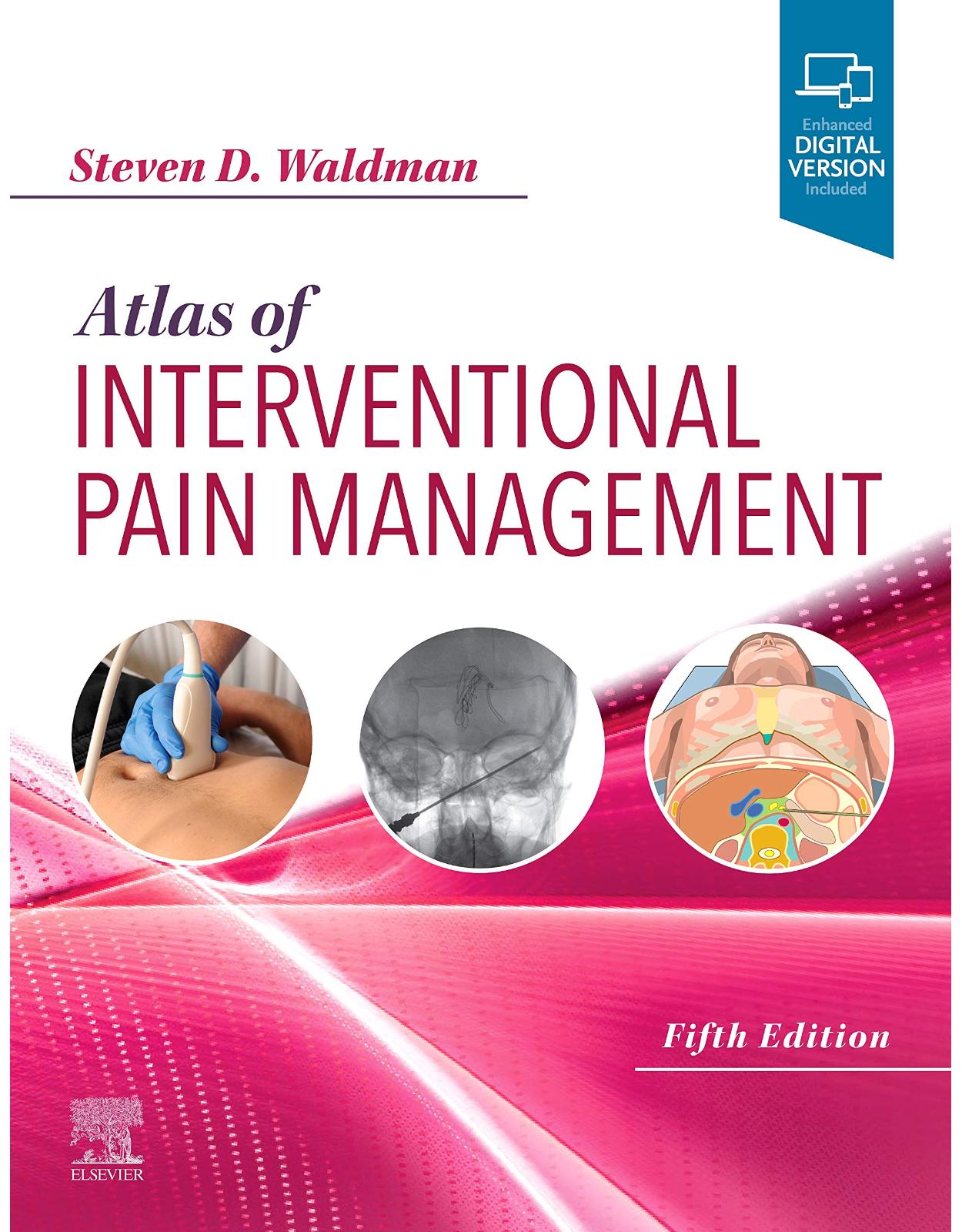
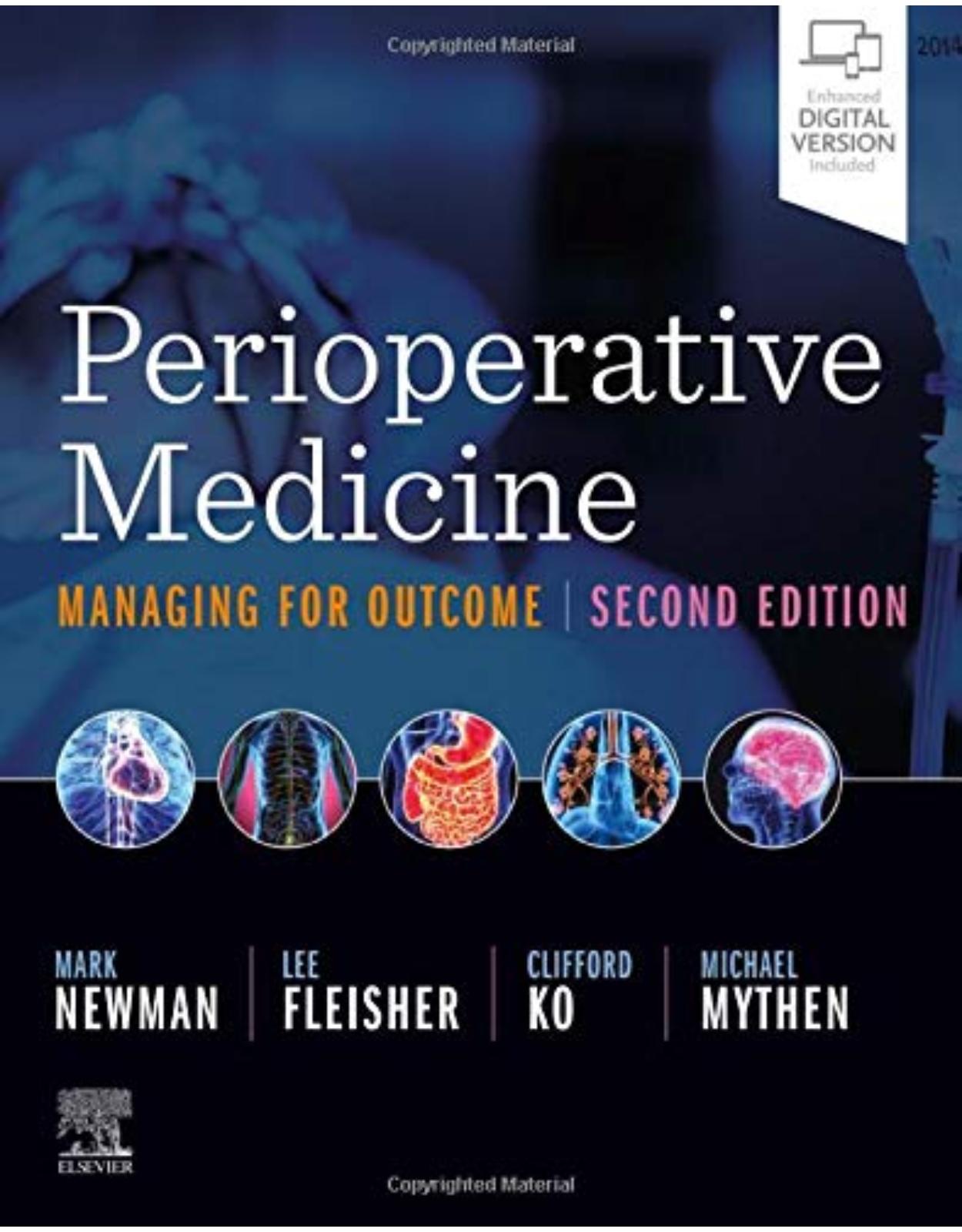
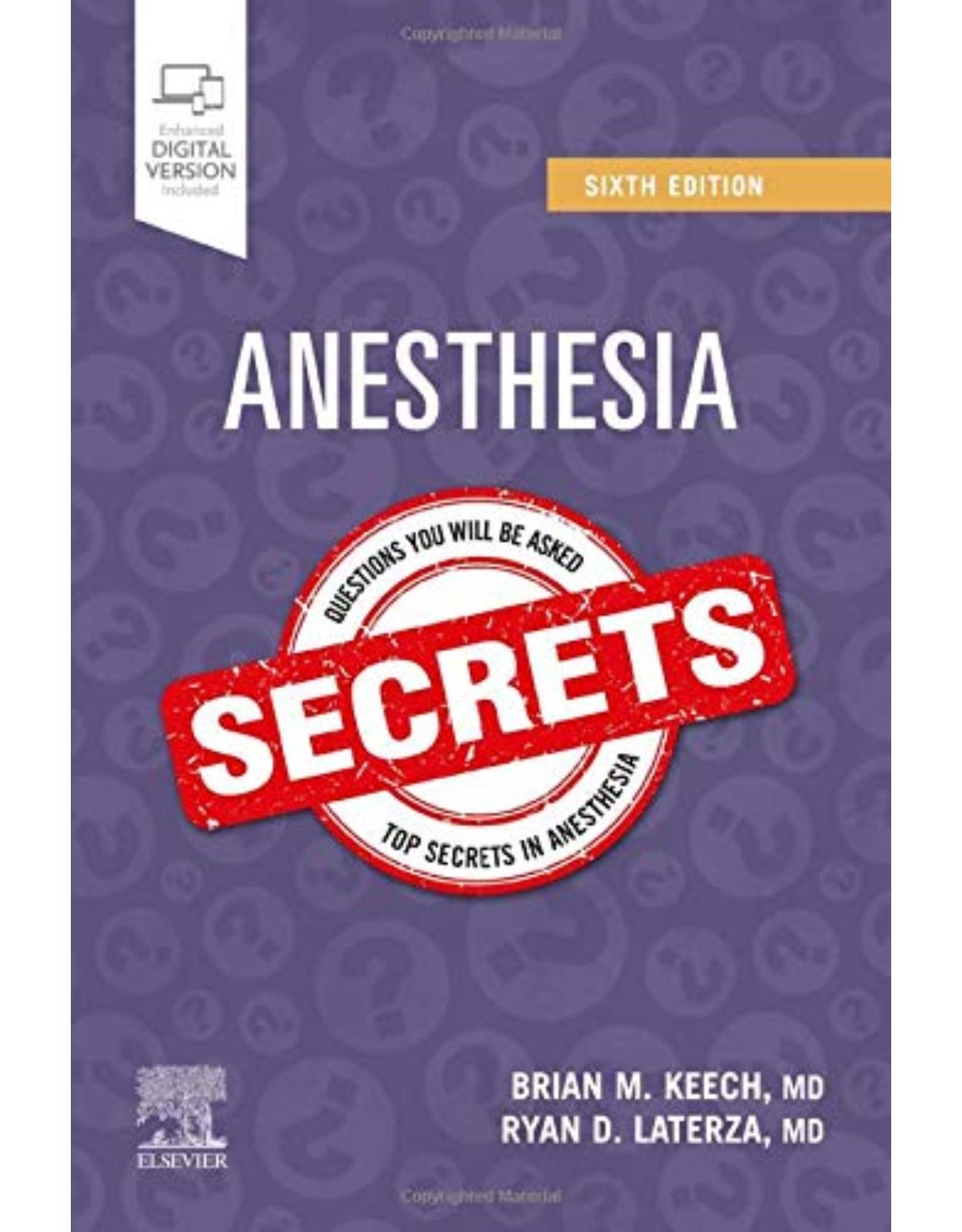
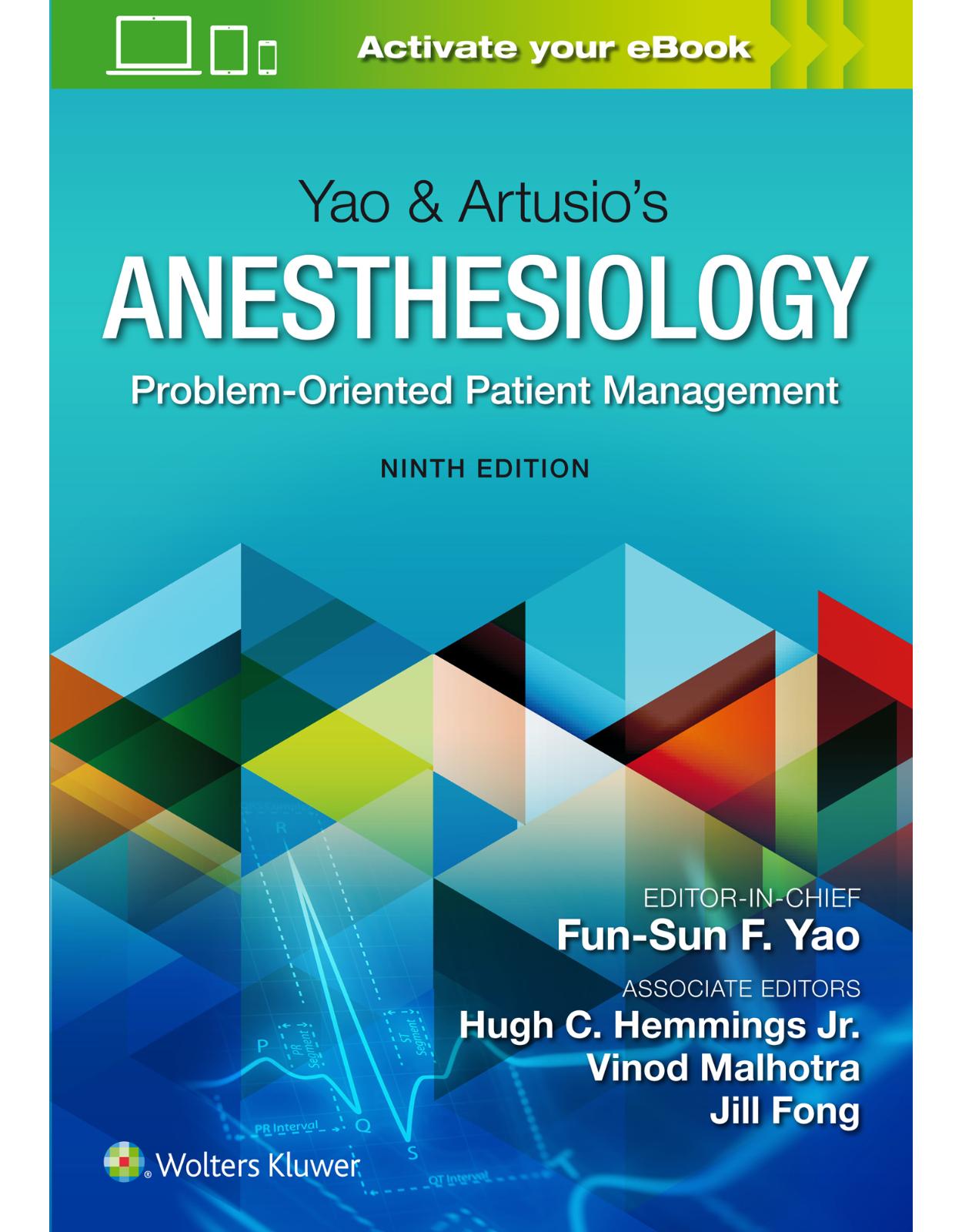
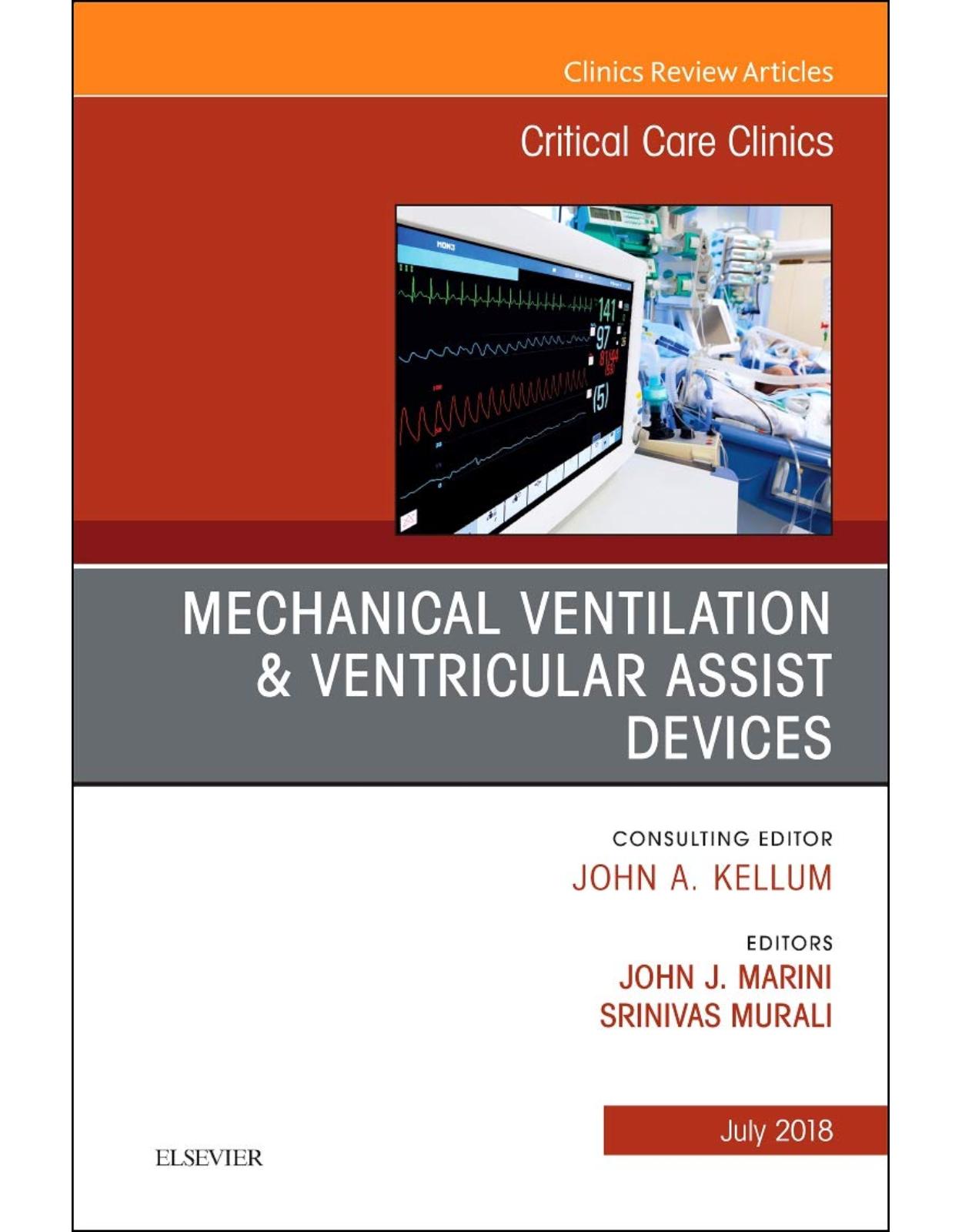
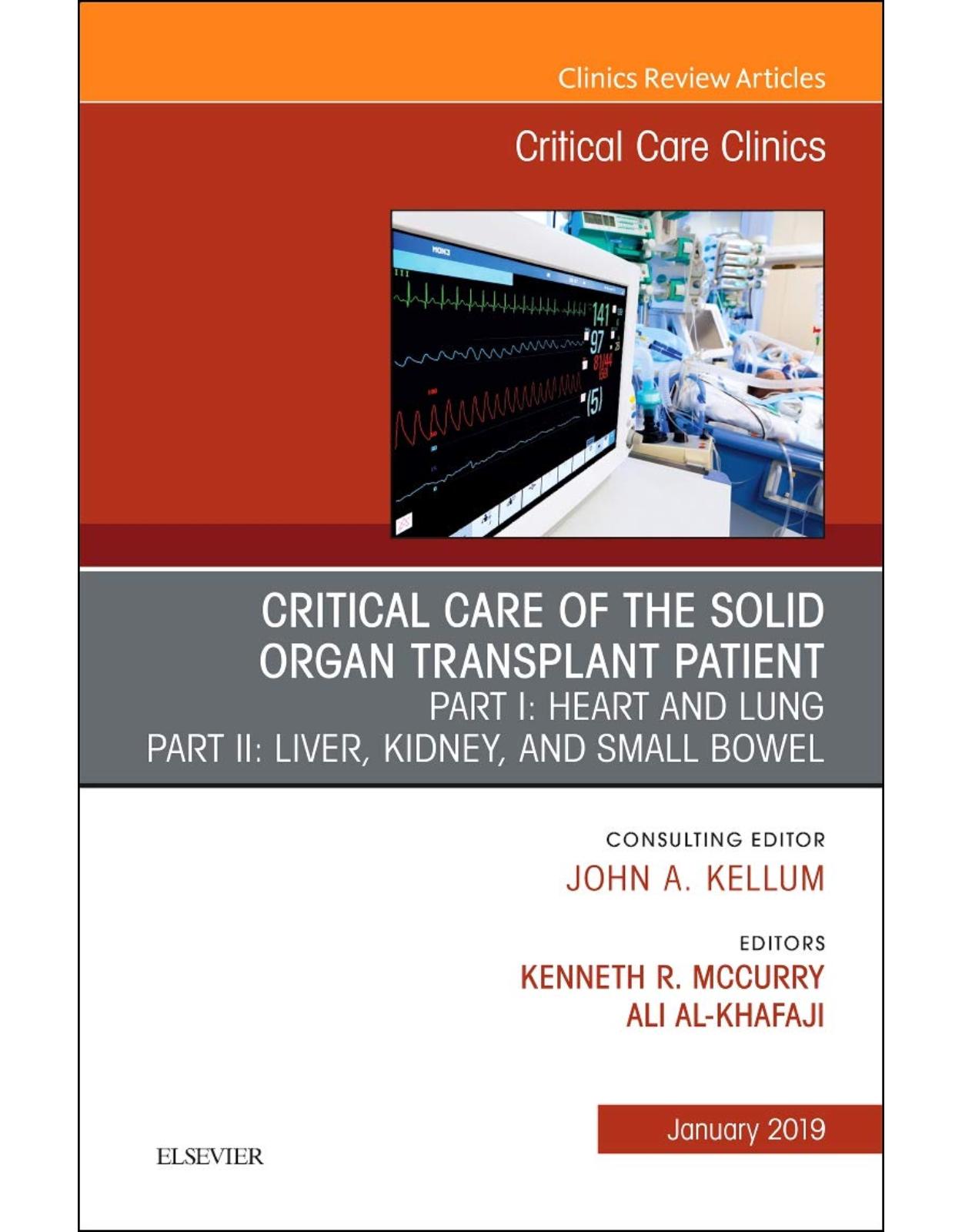
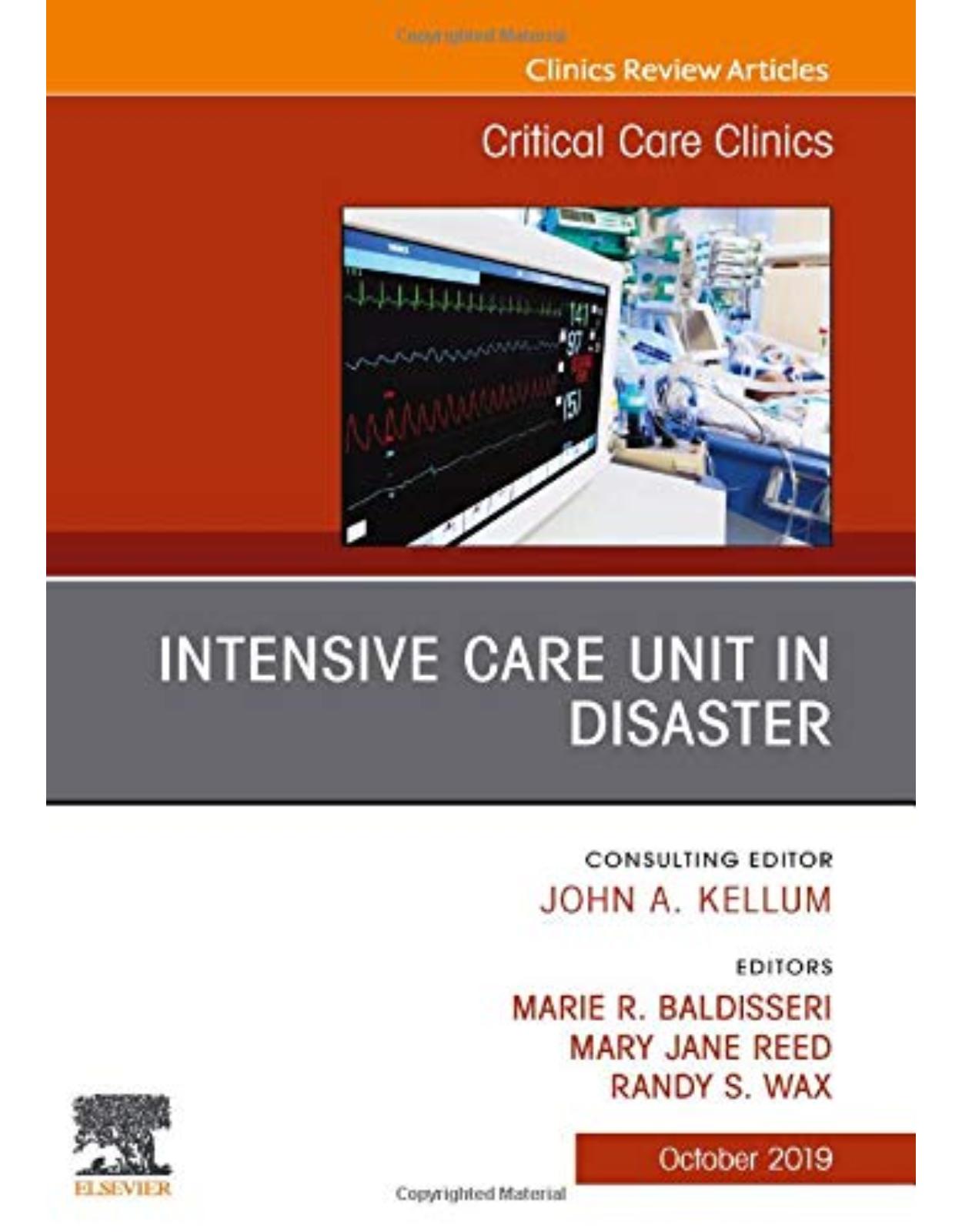
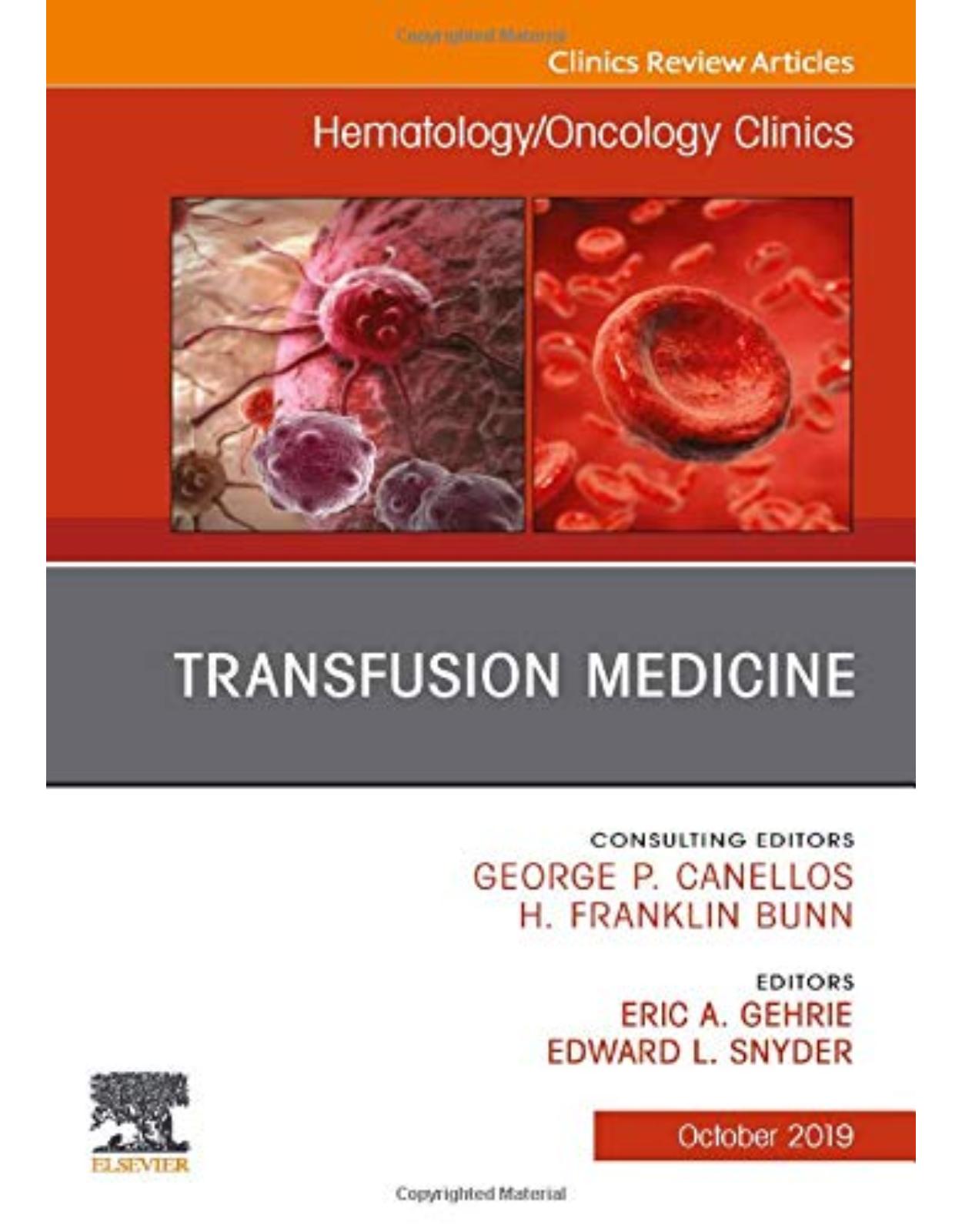

Clientii ebookshop.ro nu au adaugat inca opinii pentru acest produs. Fii primul care adauga o parere, folosind formularul de mai jos.